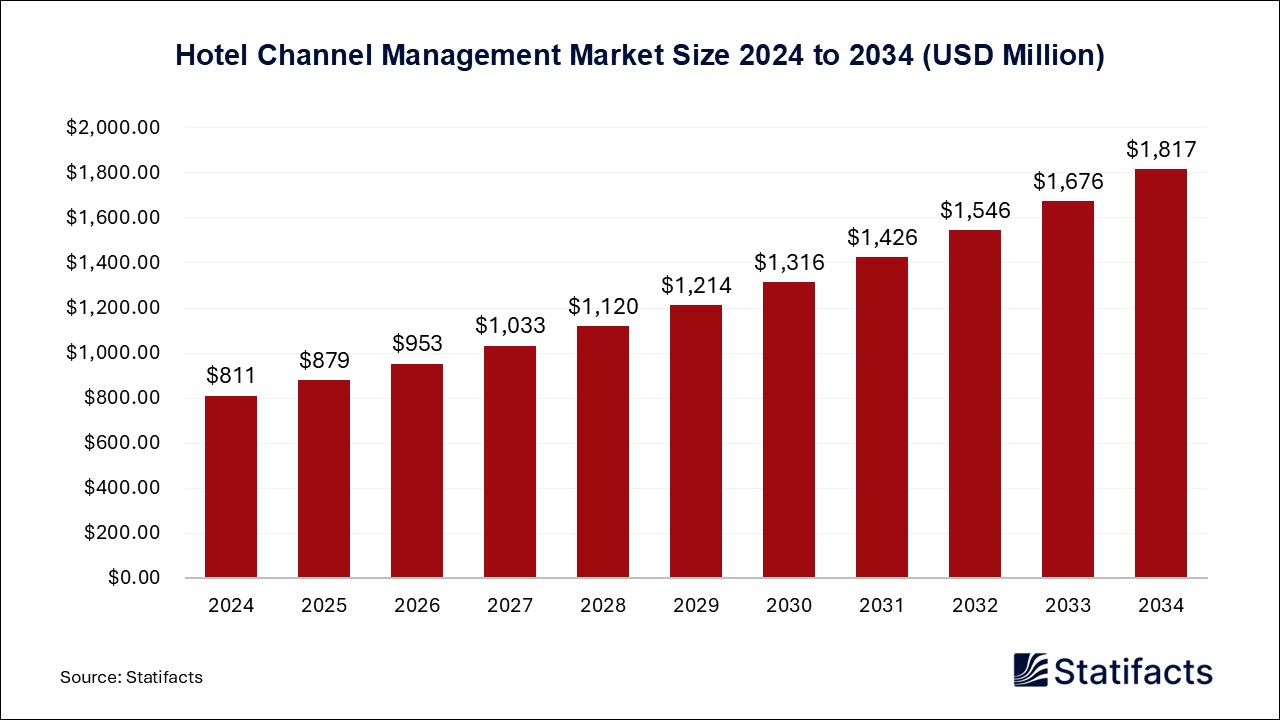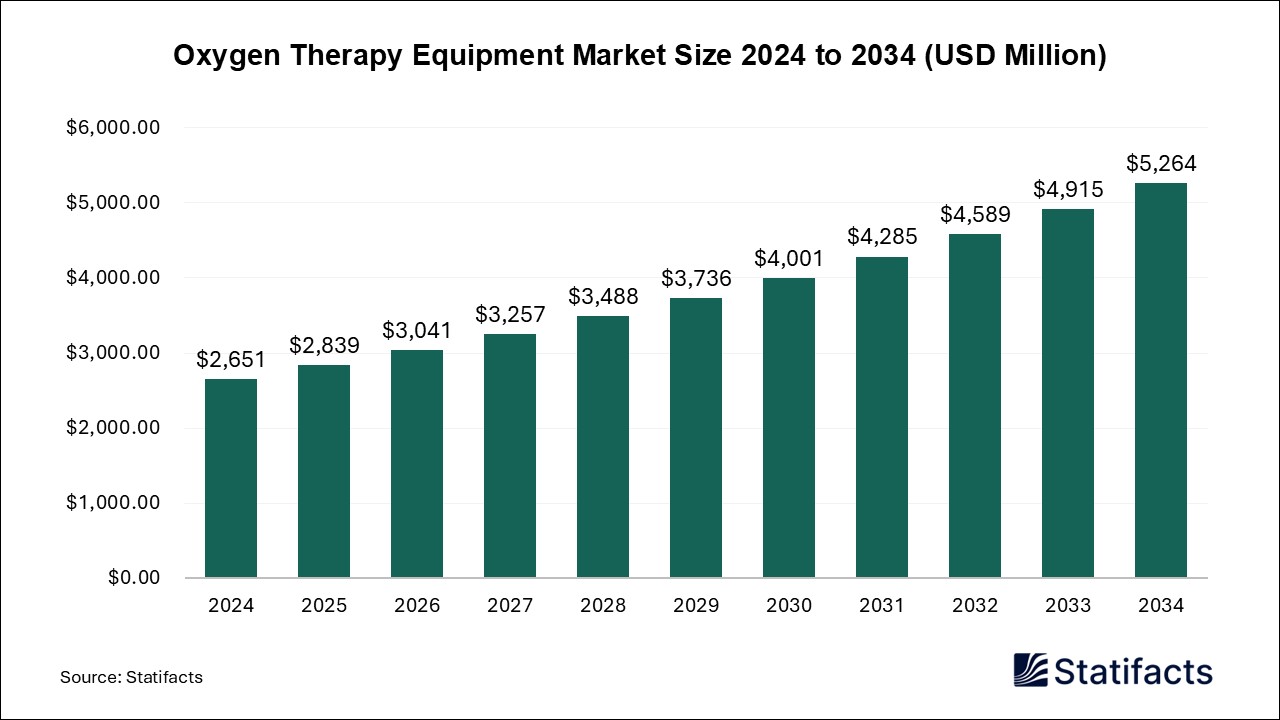Last Updated: 16 May 2025
Source: Statifacts
By clicking “Accept All Cookies” you agree to the storing of cookies on your device to enhance site navigation, analyze site usage, and assist in our marketing efforts.
Privacy PolicyThe Asia Pacific canned tuna market size surpassed USD 10.51 billion in 2024 and is predicted to reach around USD 14.30 billion by 2034, registering a CAGR of 3.12% from 2025 to 2034.
| Industry Worth | Details |
| Market Size in 2025 | USD 10.89 Billion |
| Market Size by 2034 | USD 14.3 Billion |
| Market Growth Rate from 2025 to 2034 | CAGR of 3.12% |
Canned tuna refers to a fish that is processed and sealed in an airtight container for future consumption. Canned tuna is a staple diet in many countries of the Asia-Pacific region due to its rich nutritional profile with high-quality protein, omega-3 fatty acids, and low-fat content. Canned tuna has a great shelf life and is very easy to use, which makes it an optimal consumers.
The canned tuna market is rapidly growing in the Asia-Pacific region in countries such as China, Japan, and South Korea due to the changes in lifestyle and eating habits of consumers. Furthermore, there is increasing awareness amongst consumers in tier-2 and tier-3 cities. Rising urbanization and the increasing awareness of its nutritional benefits aid in market expansion for canned tuna. Growth Factors
Increasing awareness and urbanization
Canned tuna is highly enriched with protein, omega-3 fatty acids, and low fat, which makes it an essential staple diet for consumers. Increasing health awareness amongst the consumers in the Asia-Pacific region, particularly amongst the youth in countries such as China, Japan, and South Korea, increases the demand for such protein-rich canned tuna. The changes in the lifestyle of the people in the region contribute to the growing number of patients with diseases such as obesity, hypertension, and cardiovascular disorders due to packaged and processed food. Tuna, on the other hand, provides a healthier alternative for consumers with many more nutritional benefits. With rapid urbanization and fast-paced lifestyles, eating habits have drastically shifted over the past decades to convenient, ready-to-eat food options like canned tuna. Dual-income households have shifted towards time-saving meals, which have boosted the market growth for canned meals.
Dominant seafood trade and expansion of distribution channels
The Asia-Pacific region is one of the leading producers and consumers of seafood, with countries like Thailand, the Philippines, and Indonesia being the global leaders in canned tuna production and exports. The region is known for its strong fisheries infrastructure and abundant marine resources, with relatively cheap labor costs.
The enhancement of distributional channels such as organized retail and supermarkets, hypermarkets, and convenience stores has improved the availability of canned tuna across the region. Furthermore, the adoption of e-commerce in rural and urban areas has drastically improved the accessibility of canned tuna, along with certain discounts and home delivery.
Volatility in raw materials, costs, and strict regulatory frameworks
The canned tuna market is highly volatile in terms of price due to the fluctuations in costs, due to the seasonality of tuna fishing, and fuel prices. Tuna, being a migratory fish, is available at specific locations and seasons, causing unpredictability in supply. Furthermore, fishing and transportation use heavy fuel, which can also increase the costs due to various geopolitical supply disruptions.
Strict regulatory frameworks in food & safety and import-export for canned seafood in the Asia-Pacific region include certifications, traceability mechanisms, quality control, and testing, which can be resource-intensive for many private canned seafood companies.
Emerging demand and growth in ethically sourced products
Countries such as China, Thailand, South Korea, and Indonesia have already adopted canned seafood as part of their staple diet. Developing countries such as India, Bangladesh, and Vietnam have significant untapped potential for the canned tuna market expansion. Traditionally, these regions capture and sell fresh fish for consumption, but with proper marketing efforts on the use of canned seafood product and their significantly greater shelf life than fresh seafood can be a differentiating factor towards the market growth.
By tuna species, the skipjack segment underwent notable growth in the market during 2024. Katsuwonus pelamis, often known as skipjack tuna, is one of the species most frequently used to make tuna sauce and is valued for its tasty and dark colored meat.
By tuna species, the yellowfin segment is anticipated to expand rapidly. It is one of the most captured and prepared kinds of tuna for the canned tuna market due to its reputation for having delicate and tasty flesh.
By distribution, the hypermarket & supermarket segment underwent notable growth in the market during 2024. Fish has been a major part of Chinese, Japanese, and South Korean diets for several decades, lending versatility to the use of canned fish such as tuna. Canning tuna makes it more affordable, long-lasting, allowing lower-income consumers to access it easily. Ready-to-eat tuna is an affordable and convenient way to incorporate lean protein into diets. Tuna's mild taste makes it a good fit to balance out the concentrated, spicy seasonings used in Asian cooking.
By distribution channel, the online segment is anticipated to demonstrate steady upward momentum during the forecast period. Major players in the online grocery shopping market in the Asia Pacific region include Amazon, as well as local giants such as JD.com in China and BigBasket and Blinkit in India. The newly emerging mobile-heavy shopping habits of consumers in the region, along with the availability of deals and discounts are major factors growth of the online segment in the Asia Pacific.
Published by Vidyesh Swar
Last Updated: 16 May 2025
Source: Statifacts
Last Updated: 16 May 2025
Source: Statifacts
| Subsegment | 2024 | 2025 | 2026 | 2027 | 2028 | 2029 | 2030 | 2031 | 2032 | 2033 | 2034 |
|---|---|---|---|---|---|---|---|---|---|---|---|
| Skipjack | 6.47 | 6.70 | 6.94 | 7.18 | 7.42 | 7.66 | 7.90 | 8.14 | 8.38 | 8.62 | 8.86 |
| Yellowfin | 2.92 | 3.02 | 3.12 | 3.22 | 3.32 | 3.43 | 3.53 | 3.63 | 3.73 | 3.83 | 3.93 |
| Others | 1.13 | 1.17 | 1.21 | 1.24 | 1.28 | 1.32 | 1.36 | 1.39 | 1.43 | 1.47 | 1.51 |
Last Updated: 16 May 2025
Source: Statifacts
| Subsegment | 2024 | 2025 | 2026 | 2027 | 2028 | 2029 | 2030 | 2031 | 2032 | 2033 | 2034 |
|---|---|---|---|---|---|---|---|---|---|---|---|
| Skipjack | 6.47 | 6.70 | 6.94 | 7.18 | 7.42 | 7.66 | 7.90 | 8.14 | 8.38 | 8.62 | 8.86 |
| Yellowfin | 2.92 | 3.02 | 3.12 | 3.22 | 3.32 | 3.43 | 3.53 | 3.63 | 3.73 | 3.83 | 3.93 |
| Others | 1.13 | 1.17 | 1.21 | 1.24 | 1.28 | 1.32 | 1.36 | 1.39 | 1.43 | 1.47 | 1.51 |
To get full access to our Market Insights, you need a Professional Account or a Business Suite.

You will receive an email from our Business Development Manager. Please be sure to check your SPAM/JUNK folder too.

You will receive an email from our Business Development Manager. Please be sure to check your SPAM/JUNK folder too.

Our customers work more efficiently and benefit from



